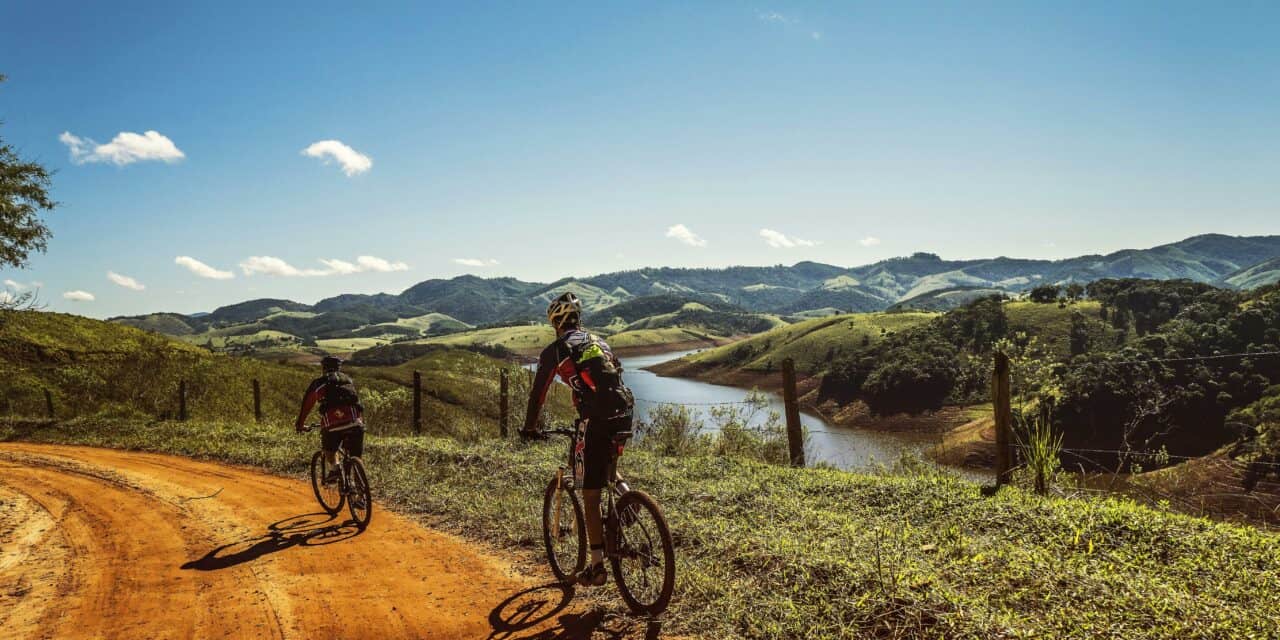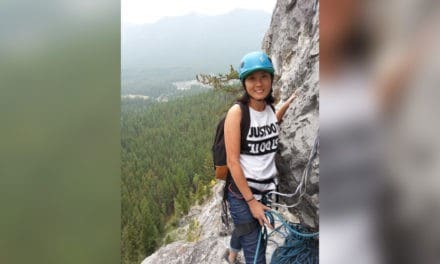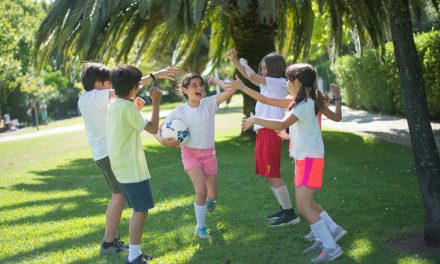Congratulations to Dr. Mark Tremblay, Dr. Eun-Young Lee and Dr. Leigh Vanderloo on their recent publication entitled “Nostalgia-based marketing campaigns and sport participation” published in the International Journal of Sport Marketing and Sponsorship! The abstract and citation are provided below.
Abstract:
Purpose: Framed by nostalgia marketing, this research draws upon lessons from ParticipACTION, a Canadian non-profit health promotion organization, to examine one of their most well-known campaigns, Body Break with ParticipACTION, in order to assess the potential role for nostalgia-based marketing campaigns in sport participation across generational cohorts.
Design/methodology/approach: Exploratory sequential mixed methods involving two studies were completed on behalf of ParticipACTION, with the authors developing the research instruments and the collection of the data undertaken by research agencies. Study 1 was the secondary analysis of qualitative data from five focus groups with different demographic compositions that followed a common question guide. Study 2 was a secondary data analysis of a pan-Canadian online survey with a sample (n = 1,475) representative of the overall adult population that assessed awareness of, and attitudes toward, ParticipACTION, Body Break, physical activity and sport participation. Path analysis tested a proposed model that was based on previous research on attitudes, brand and loyalty. Further, multi-group path analyses were conducted to compare younger generations with older ones.
Findings: The results provide direction and understanding of the importance of nostalgia in marketing sport participation programs across generational cohorts. For instance, in the four parent-adult focus groups, unaided references as well as frequent and detailed comments regarding Body Break were observed. Similarly, Millennials reported that Body Break was memorable, Canadian and nostalgic, with a mix of positive and negative comments. The importance of nostalgia was supported sequentially via results from the national survey. For example, while 54.1% of the 40–54 age-group associated ParticipACTION positively with Body Break, so did 49.8% of the 25–39-year age group, most of whom were not born when the promotion ran. Further, brand resonance was found to explain 4% more variance in moderate-to-vigorous physical activity (MVPA), the proxy for sport participation, for younger people compared to older people.
Practical implications: Results provide direction to brands, properties and agencies around the use of nostalgia in sport marketing campaigns and sponsorship efforts. For brands seeking to sponsor sport properties to alter their image with potential consumers in a new market, associating with a sport property that many view as nostalgic could improve the impact of the campaign. On the sport property side, event managers and marketers should both identify existing assets that members or fans are nostalgic about, as well as consider building nostalgia into current and new properties they develop.
Originality/value: This research is valuable to the sport marketing and sponsorship literature through several contributions. First, the use of nostalgia marketing, and nostalgia in general, is novel in the sport marketing and sponsorship literature, with future research in nostalgia and sponsorship recommended. Second, the potential to adopt or adapt Body Break to other sport participation and physical activity properties is empirically supported. Finally, the finding that very effective promotions can have a long-lasting effect, both on those who experienced the campaigns as well as younger populations who only heard about it, is notable.





